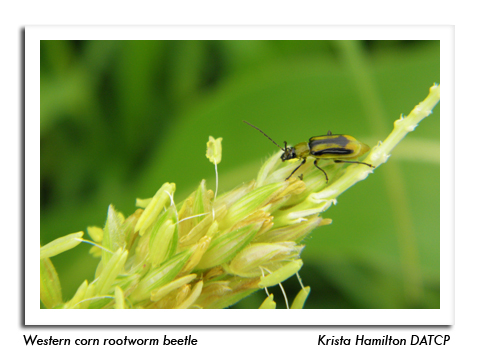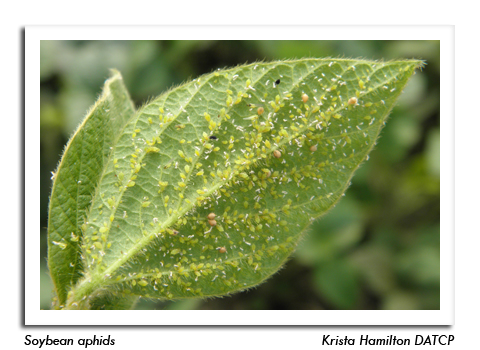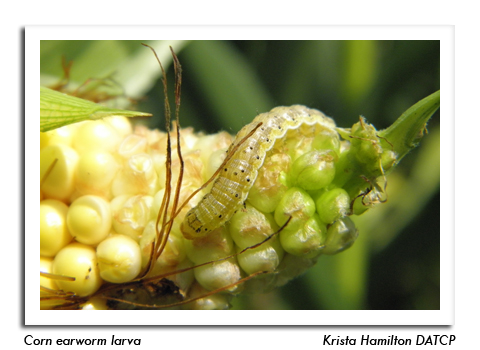
 |
|
|
Looking Ahead
Volume 62 Number 15 Date 08/10/2017 CORN ROOTWORM - Early results of the August beetle survey indicate populations are low for this time of year. Economic counts of 0.75 or more beetles per plant have been documented in only 14 of 148 fields (9%) surveyed as of August 9, and the average thus far is only 0.2 per plant. Beetles were not observed in 102 (69%) of the sampled fields. The annual survey for adult rootworms, which forecasts larval root damage potential for 2018, will continue for another two weeks. WESTERN BEAN CUTWORM - Moth numbers have decreased to low levels, signaling the end of the adult flight. The cumulative state count as of August 9 is 1,787 moths in 70 traps. Individual counts from the 2017 trapping survey are provided in the map in the CORN section. Monitoring network participants may remove their traps after August 16. EUROPEAN CORN BORER - The summer flight of moths has peaked in the southern and central areas. Egg deposition is occurring on corn, potatoes, snap beans and other susceptible hosts. The treatment window for second-generation larvae is expected to close next week across the south. Controls directed against the summer larvae should be applied during the period after egg hatch and before the caterpillars bore into corn stalks and ears, prior to the accumulation of 2,100 degree days (modified base 50°F). SOYBEAN APHID - Densities remain very low. Although a few soybean fields have developed populations of 30-40 aphids per plant in the past two weeks, most contain fewer than 10 per plant. Final aphid treatments, if required, must be applied before the R5.5 (mid-seed) growth stage to provide any economic benefit. CORN EARWORM - Significant flights were not registered during the past week. Counts at 15 pheromone trap locations were very low and ranged from 0-6 per trap, with a weekly total capture of only 24 moths at all locations. A total of 118 moths have been captured since migrants began arriving in early July. Although the corn earworm flights recorded over the last six weeks have been small, fresh-market sweet corn growers should continue to monitor silking sweet corn fields and follow CEW flight reports through early September. -- Krista Hamilton, DATCP Entomologist 




|
|
|